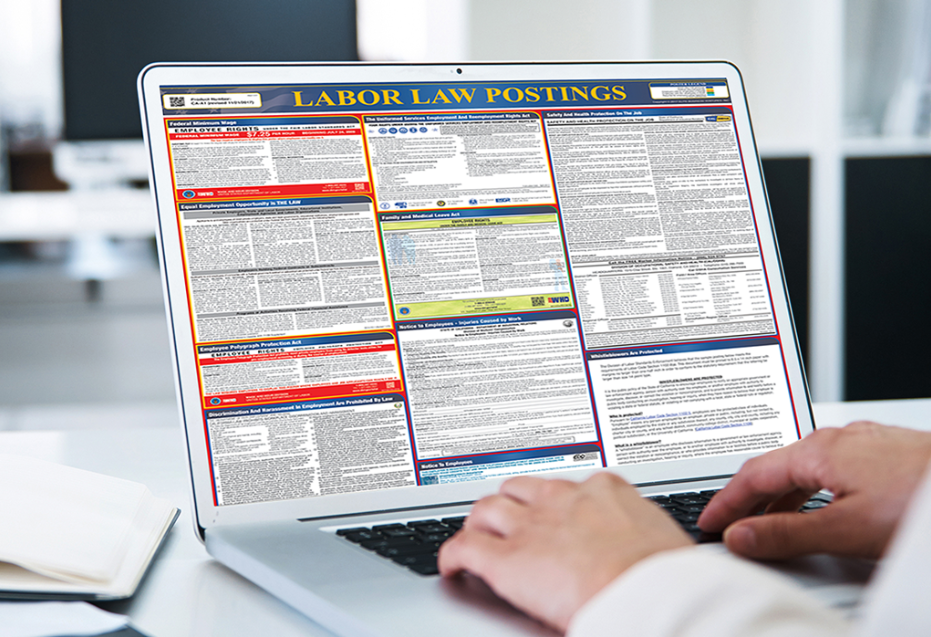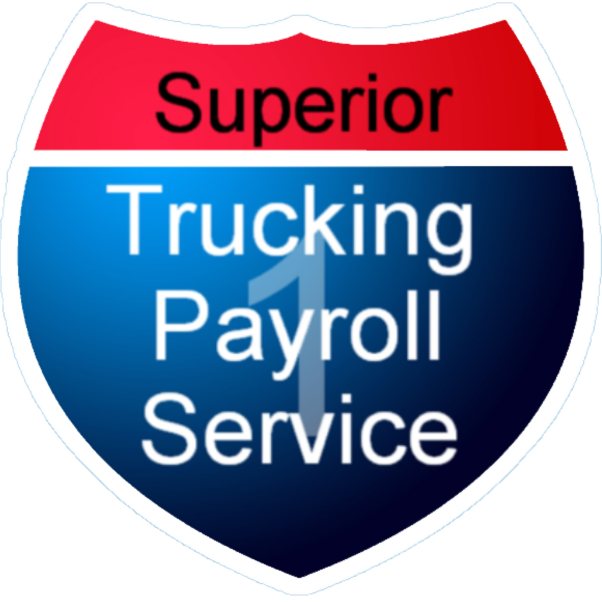Would You Notice If Your Payroll Was Paying Someone Who...
Read MoreWhat to do After Hiring a New Truck Driver
There may be a lot of anticipation, anxiety, and uncertainty on the first day. for both the driver and you. In the office, you wear a number of hats, and if you’re not cautious, it’s easy to overlook a crucial step. We are going to go through a few things to make sure you are complying with all laws.
Disclaimer: This article is meant to be a general overview. Consult your attorney before you make any decisions to ensure that you are following local laws.
1. Fill Out All Your Employee Onboarding Forms:
First things first. Your employee needs to complete an I-9 form and a W-4 form. The amount of income tax that they wish to have deducted from their paychecks is specified on the W4. The I-9 is proof that they are authorized to work in the United States. On the first day, make sure they have their passport or ID with them. It is required for the I-9 form. It is also strongly advised that you get the driver to complete and sign paperwork for direct deposit. One that permits you to amend deposits in the event that something goes wrong. You need to save copies of these completed forms for your records.
2. Report Your New Hires to the State:
Sending information to the state where the driver will be employed is the next step. It is the state in which the office or terminal is located if the driver will be traveling between states. This is necessary so that the state can keep track of individuals who owe certain debts such as garnishments or child support to the government. It’s crucial to be aware of your state’s regulations and file it as soon as possible because certain states require the information sooner than others.
3. Get Workers’ Compensation Insurance:
Nearly all states mandate that employers carry workers’ compensation insurance. Workers’ compensation provides benefits to your team and protects your company from accidents or illnesses that may occur while an employee is on the job. There’s multiple ways to obtain it. Please contact us if you require assistance, and we will be happy to point you in the right direction.
4. Hang up Workplace Posters:
Depending on the city, county, and state in which your company is located, there are specific posters that you must hang in your premises. To make things easier, we distribute these to each and every one of our clients.
5. Follow the Main Labor Law Requirements:
It is necessary for you to familiarize yourself with labor laws, laws regarding worker classification, wage garnishments, minimum wage, and termination difficulties. Although that may sound severe, there are several things we can assist with. Once you have a basic understanding and know where to look for the information, you will be well on your way to acing the new hire process.

Bottom Line:
Although hiring a new truck driver is a big step, it’s only the beginning. The actions you take following the hiring process are very important in creating a productive and law-abiding workplace. Every move you take, from finishing onboarding paperwork to meeting regulatory obligations, advances the success of your company and your new hire. By carefully following these procedures, you create the conditions for a seamless journey ahead and promote an efficient and law-abiding workplace.
Tessa joined Superior Trucking Payroll Service in September 2022. She loves to write and make videos which made her a great asset to the team in her marketing position.
Before working at Superior Trucking Payroll Service she worked in IT at GVSU which gave her the skills to problem-solve with customers over the phone.
Contact Us!
7 Smart Money Moves to Keep Your Trucking Company Profitable
Are you constantly waiting on payments while your bills pile...
Read MoreSecure Online Access to Your Pay Stubs and Tax Documents
As a truck driver, you know that every dollar counts....
Read MoreThe Trucking Payroll People Have a New Partner – Trucking Compliance Just Got Easier!
Helping Trucking Companies Find the Best Compliance Solutions DOT compliance...
Read MoreTrucking Wages Rise: February 2025 Driver Pay Index
Why does truck driver pay drop in January? Will the...
Read More

